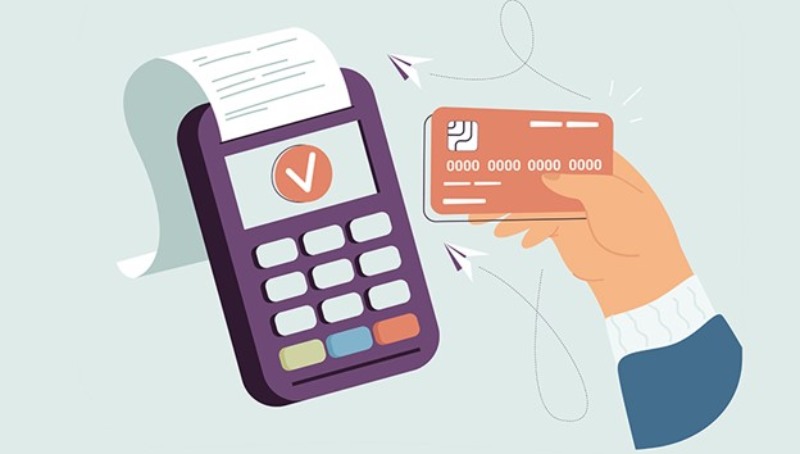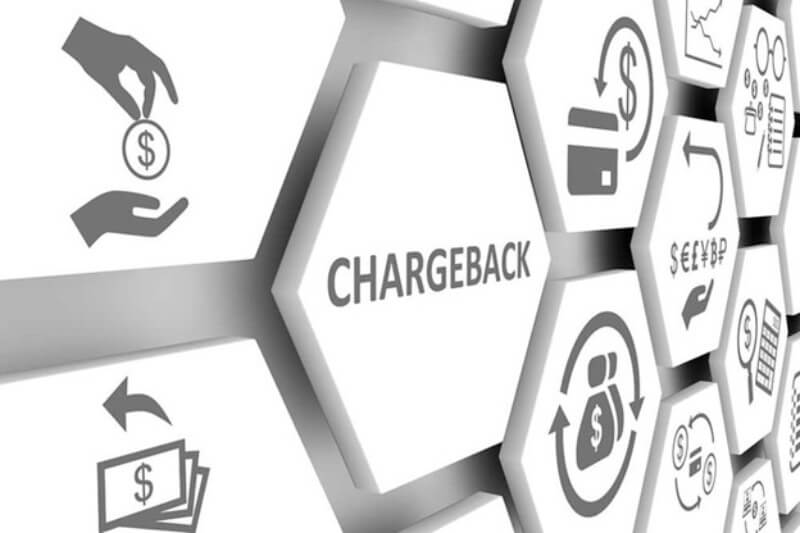As a rule, a refund is necessary in situations where a client has disputes with service providers or online marketplaces. Recently, it has become common for a company to guarantee the provision of a service or promise high income, but fail to fulfill these obligations for some reason. This could be intentional fraudulent actions or unintentional occurrences.
In each specific case, it is important to promptly start analyzing actions "step by step." In most situations, legal refund for financial transactions and payment reversals are activated by following a certain sequence of actions. The transaction cancellations involve not only the person who carried out the transaction but also the bank of the online store/company and the buyer, the payment infrastructure through which the payment was made.
What is a chargeback
This is a procedure for disputing a payment made for goods/services with a bank card, aimed at returning the funds. The key point in deciding to start the process is that the parties cannot resolve the financial conflict that has arisen. It is important to understand that in the classic scenario, when after a purchase there arises a need to cancel it, and the seller returns the spent amount, this mechanism does not work.
How chargeback works
The actions to return funds are initiated by the person, but the chargeback is launched by the bank when the disputable situation has not been resolved amicably.
The procedure has a certain sequence of actions that must be clearly followed:
1. The client applies with a statement disputing the payment to the servicing bank. It is important to attach evidence proving the wrongful debiting of funds.

2. The bank carries out certain activities to assess the situation, and after examining the arguments, initiates the process of transferring the customer's claim to the payment system used. 3. Then the claim is transferred to the client's bank. 4. The next step - the seller's bank checks and investigates the objective reasons for the return. After finding confirmation arguments, the transaction is canceled, the amount is debited from the seller's account and sent to the client's bank. 5. The final stage – transferring the money to the account.
Regarding the timeframes, it depends on the current conditions of the payment system. In most cases, the chargeback is conducted on a free basis; however, it is not excluded that banks may introduce fees. This information is usually reflected in the contractual agreement.
When chargeback can be applied
It is not always possible to turn back the financial wheel. The possibility of use is determined by the rules of banking structures.
The most common cases when chargeback can be applied:
- The product is paid for, but not received;
- There are discrepancies in the order or the package was sent with a defect. After processing the return, the money did not return to the account. If the amount debited from the card exceeds the cost of the product or service. The only exception is when the payment was made in dollars, and the seller received the amount on a dollar account, resulting in a discrepancy in the amount due to conversion. When the company debited the money incorrectly.

Such situations can arise for various reasons. One common reason is that an annual subscription for online movie viewing was connected, and timely automatic renewal of the service was turned off by the client, but the bank still debited the amount for the next period. These are disputable transactions and chargeback is possible.
- Payment for the same service was charged again.
- A hostel or hotel promised to cancel a room reservation for free, but in the end, the amount for the hotel room was debited;
- The company where the car was rented debited funds from the card for damages that did not actually exist. The car was returned to the rental service without defects, but the money was debited illegally.
The methodology can also help in other cases when, as a result of fraudulent actions, funds were debited from the card. Such situations are not uncommon in the brokerage sphere, intermediaries fraudulently seize clients' money and in such cases, refund through chargeback is profitable.
 The only nuance – find out from the banking institution whether it is possible to start in a particular case.
The only nuance – find out from the banking institution whether it is possible to start in a particular case.
Chargeback fraud
Fraudsters often practice methodologies in their interests. They deliberately mislead financial institutions to receive a refund for operations.
There are several common types of chargeback fraud:
- Double compensation – the client makes a purchase, takes it, and then submits a request for compensation, deceiving by claiming that the product was not delivered.
- Fake request about an illegal transaction – an order is made, and then it is recorded that a debiting occurred without the person's consent. As a result, the bank makes a refund, although the purchase was made legally.
- Stolen data – fraudsters go shopping, pay for purchases using someone else's card data.

Subsequently, the real owners, seeing the debits on the statement, submit a request for a refund to the bank, and the money is transferred back, leaving the seller without payment.
Risks in the financial sphere are always present – whether it's unique opportunities for effective investment or online purchases for earning purposes. Often, during interactions with various companies, it is not always possible to conduct a thorough check of operations. Even if fraudulent actions or erroneous debits occurred, everything can be sorted out, disputable transactions can be canceled, and chargeback can be used.
